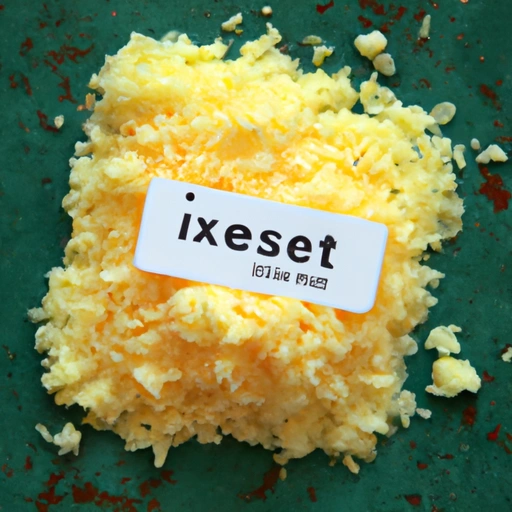Zest
Description

Zest refers to the outermost layer of citrus fruits such as lemons, limes, oranges, and grapefruits. It is rich in oils and provides a strong, tangy flavor that can enhance a multitude of dishes. It is carefully grated from the fruit, avoiding the bitter white pith underneath, and can be used in both sweet and savory recipes. Zest is measured in both teaspoons (tsp) and tablespoons (tbsp) in American recipes, while European recipes often use grams (g) or milliliters (ml) when it's called for in liquid zest extracts.
Common uses
Zest is commonly used to impart a fragrant citrus note to baked goods, marinades, sauces, dressings, and cocktails. It is an essential ingredient in many traditional recipes and is often used as garnish to add a pop of color and flavor.
Nutritional value
Calories
Zest is low in calories, with a tablespoon containing only a few calories, making it an excellent choice for flavoring food without adding significant calorie content.
Protein
Zest contains trace amounts of protein.
Fat
Zest is virtually fat-free.
Carbohydrates
Zest contains a small amount of carbohydrates, primarily in the form of dietary fiber.
Vitamins
Zest is a good source of vitamin C and also contains small amounts of vitamins B and A.
Minerals
While not a significant source of minerals, zest does contain traces of minerals such as calcium and potassium.
Health benefits
The oils in zest have been found to have antioxidant properties, which can help combat oxidative stress. The vitamin C content in zest is also beneficial for immune system support, skin health, and collagen production.
Potential risks
When using zest, it's important to ensure that the fruit has not been treated with pesticides or wax coatings, as these can be harmful if ingested. Always use zest from organically grown, untreated citrus fruits when possible.
Common recipes
Zest is featured in a variety of recipes, including lemon meringue pie, orange-glazed chicken, and lime-infused ceviche.
Cooking methods
Zest can be added to dishes by grating it fresh, drying and powdering it, or infusing it into liquids. It should be added toward the end of the cooking process to preserve its delicate flavor.
Pairing with other ingredients
Zest pairs exceptionally well with herbs like thyme and rosemary, proteins such as fish and chicken, and it complements other fruits like berries and melon.
Summary
Zest is a versatile and flavor-packed ingredient derived from the peel of citrus fruits. Its use in culinary practices spans centuries and continents, offering a bright and tangy addition to both sweet and savory dishes. Rich in aromatic oils and low in calories, zest is a healthy way to enhance the taste of food. To fully enjoy its benefits, be sure to use zest from untreated citrus fruits and incorporate it into your recipes as a natural flavor enhancer.